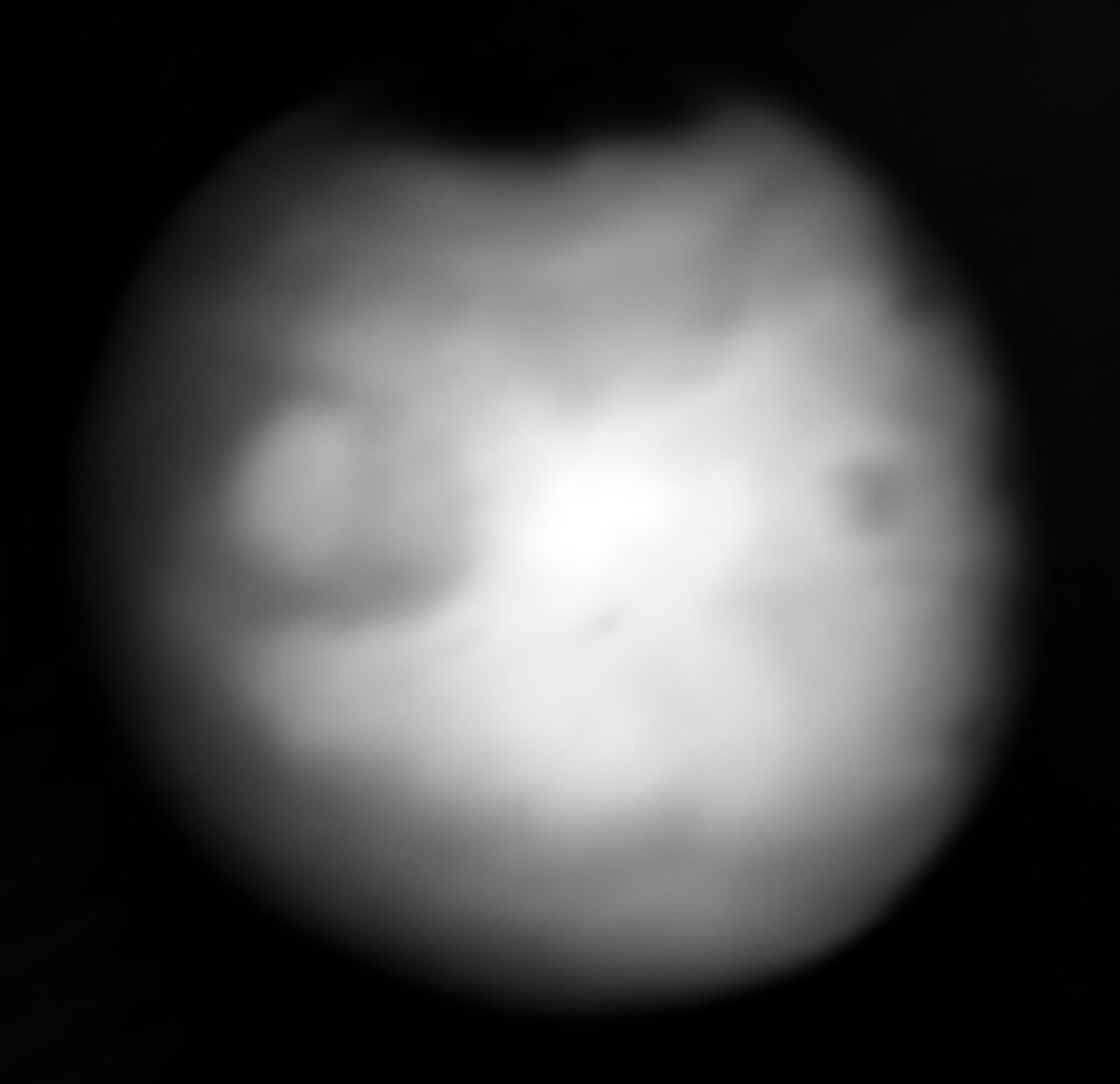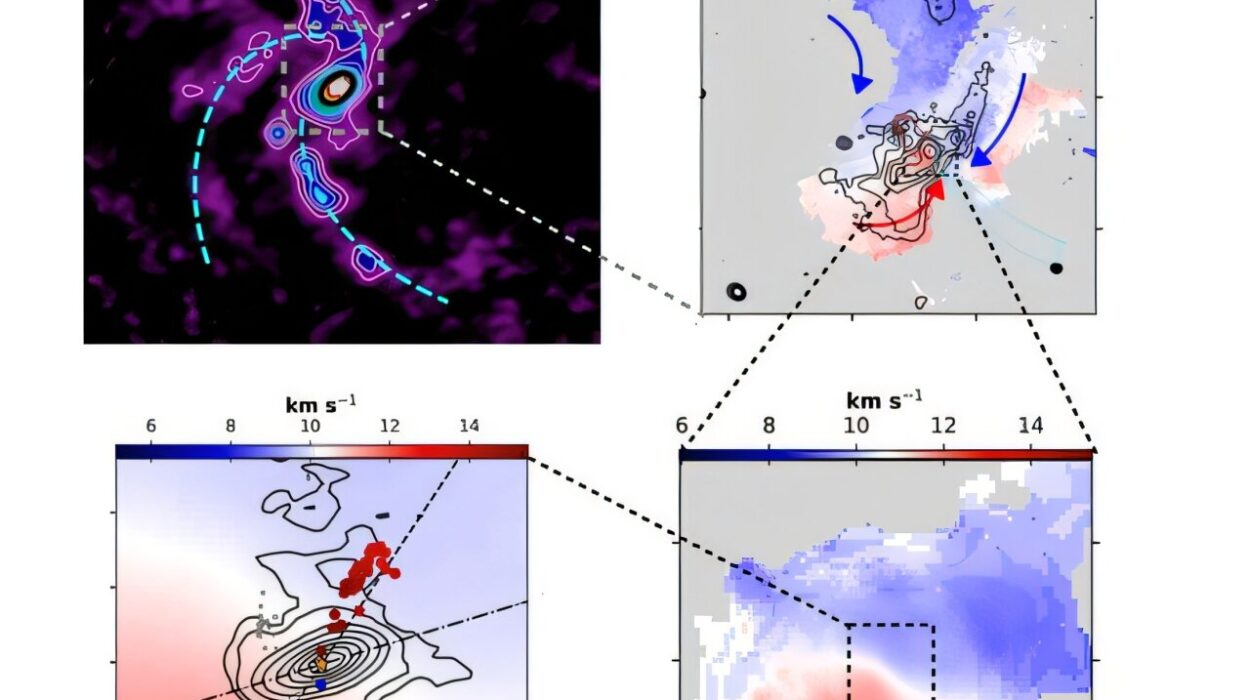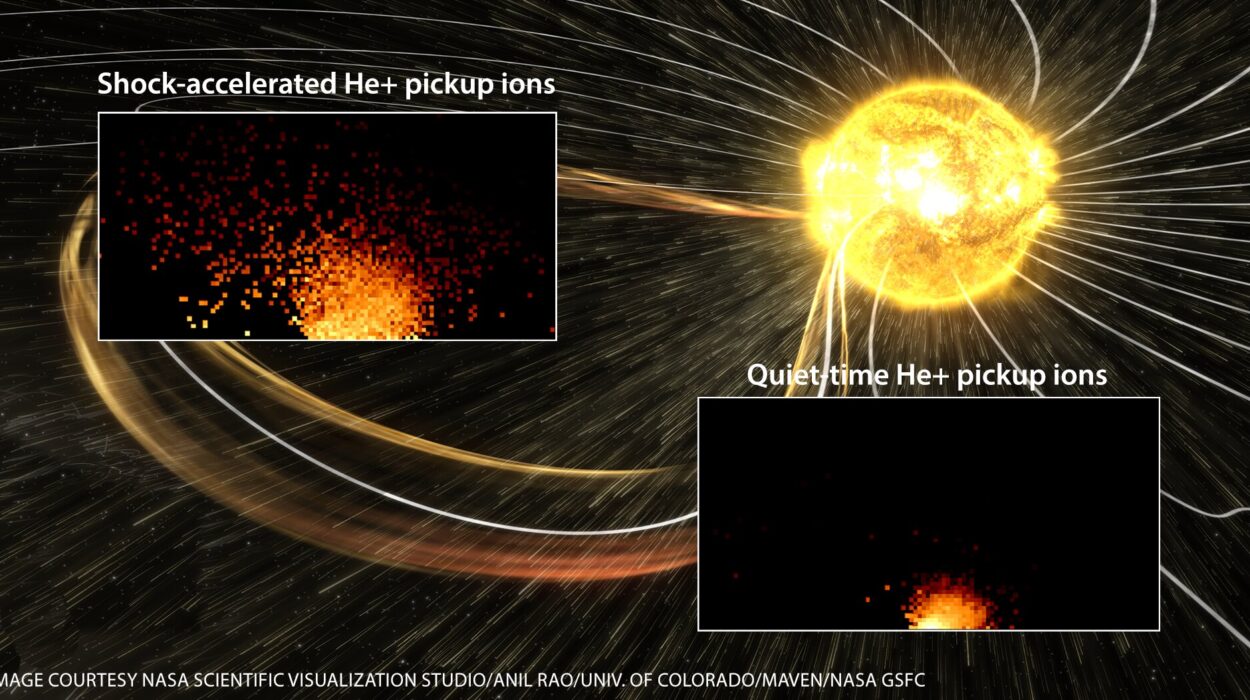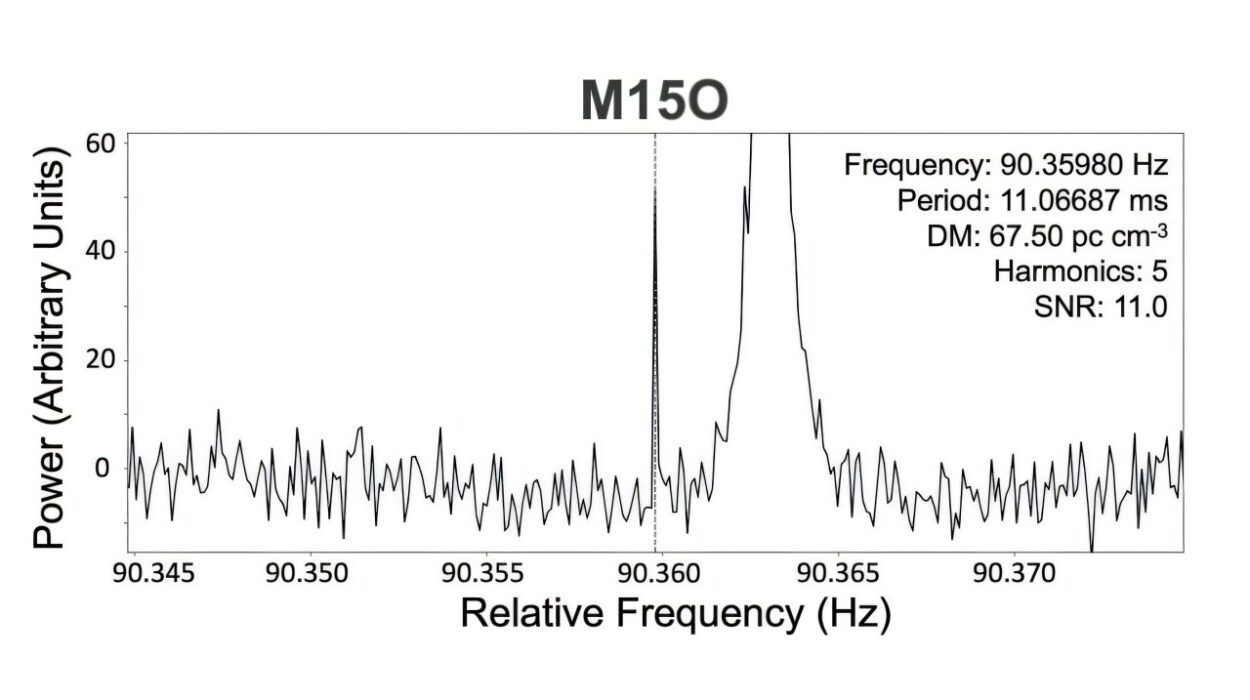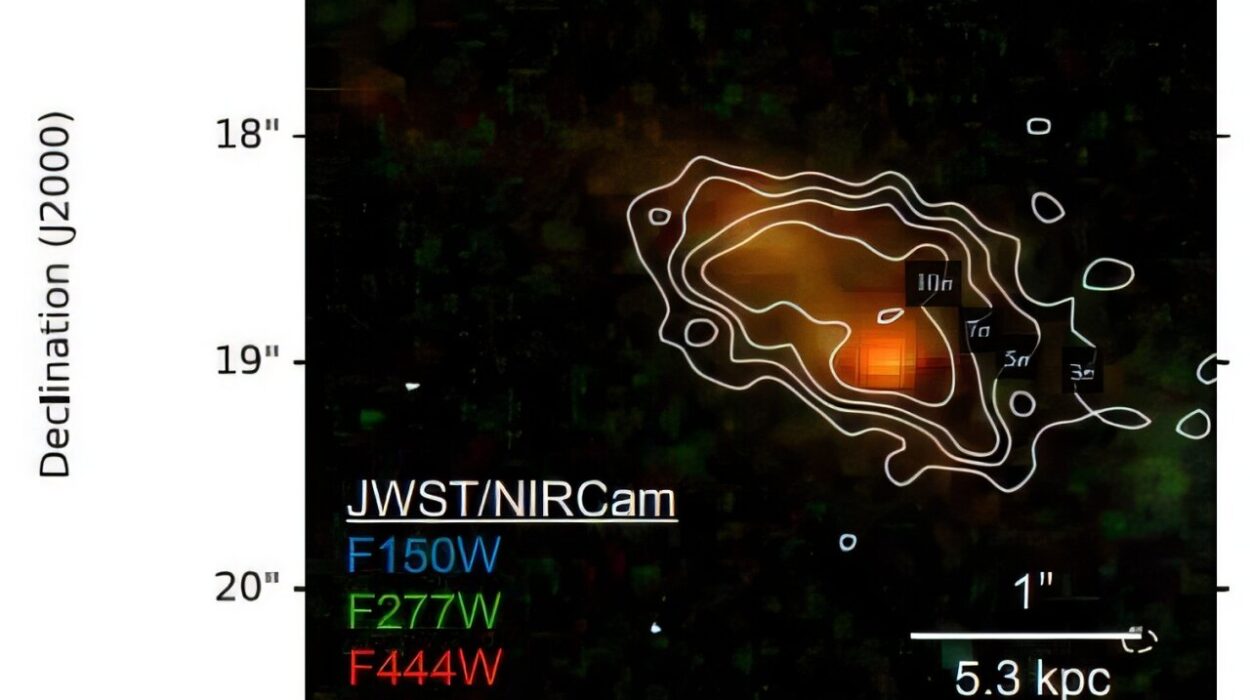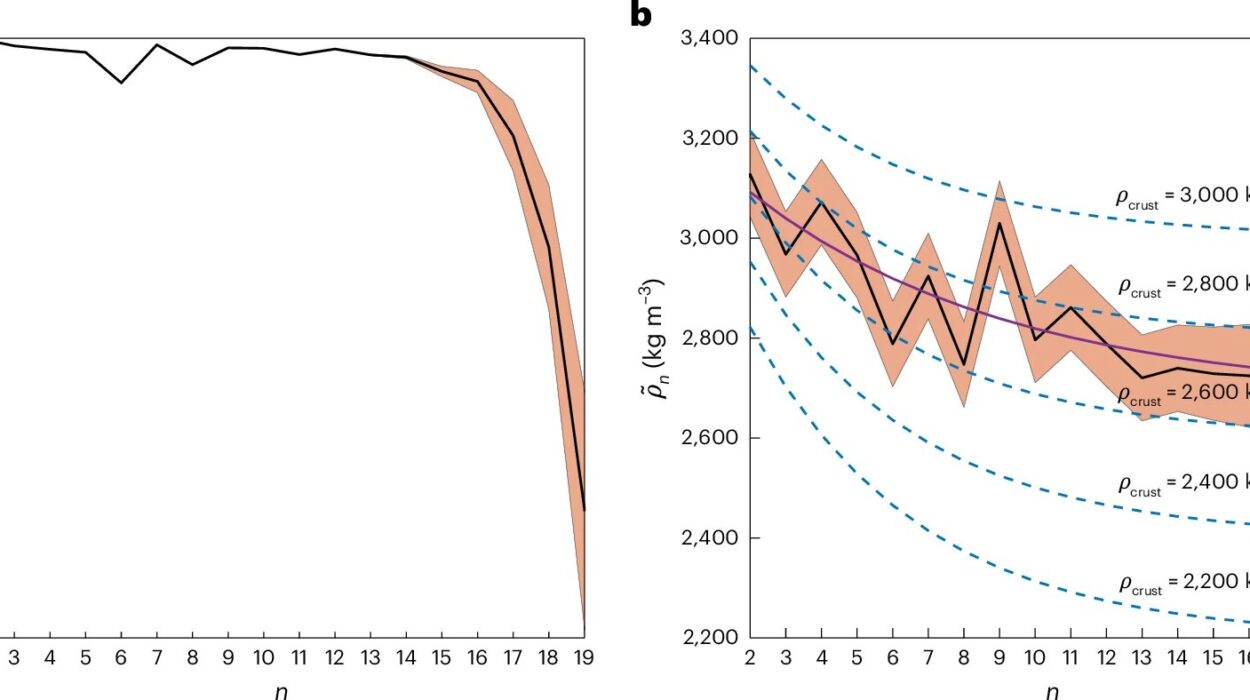In the silent vastness between planets, NASA’s Europa Clipper spacecraft is on a mission that could rewrite our understanding of life in the cosmos. Launched in October 2024, this robotic explorer is not heading to a familiar planetary neighbor or even the outer edge of the solar system, but to a world cloaked in ice and mystery—Europa, Jupiter’s enigmatic moon. Its objective? To investigate the vast, saltwater ocean hidden beneath Europa’s icy crust and determine whether conditions are right for life.
But before it begins its epic science campaign in the Jupiter system in 2030, Europa Clipper has taken a scenic and strategic route. In a dazzling feat of celestial navigation, the spacecraft recently performed a gravity-assist flyby of Mars. And in the process, it captured an eerie and beautiful set of infrared images of the Red Planet, not for science’s sake—but to ensure its instruments are ready for the deep-space challenges ahead.
Mars: A Planetary Dress Rehearsal
On March 1, 2025, Europa Clipper streaked just 550 miles (884 kilometers) above the Martian surface—a relatively close pass in interplanetary terms. The goal was to gain a gravitational boost to reshape its flight path and shave time off its long trek to Jupiter. But mission scientists had a second, critical objective: to use the opportunity to calibrate one of the mission’s most important scientific tools—the Europa Thermal Imaging System (E-THEMIS).
E-THEMIS, an advanced infrared camera developed at Arizona State University, will one day peer at Europa’s fractured surface in search of heat signatures. It will hunt for signs of thermal activity—regions where the moon’s surface ice is warmer, potentially due to subsurface ocean currents, geysers, or convection beneath the crust. These thermal hotspots could be the fingerprints of a geologically active world, one where the interior ocean may be interacting with the surface—precisely the kind of dynamic system thought to be conducive to life.
So, before Europa becomes its main target, Mars offered an ideal rehearsal. The Red Planet is already well studied in infrared, thanks to two decades of data from the Mars Odyssey mission and its own THEMIS instrument—E-THEMIS’s older sibling. By comparing new observations of Mars with known thermal maps, scientists could check whether Europa Clipper’s thermal camera is behaving as expected.
A Thousand Shades of Heat
For 18 brief but intense minutes during the Mars flyby, E-THEMIS recorded one infrared image per second. The result: over 1,000 grayscale snapshots of Mars, now assembled into a stunning infrared portrait of the planet. Scientists colored the images using familiar temperature cues—warmer regions in red, cooler regions in blue—resulting in a visually arresting heat map of the Martian surface.
Each pixel is more than a pretty picture. It represents a tiny data point used to validate the precision of the camera and fine-tune it for its future task of mapping Europa. Phil Christensen, the principal investigator of E-THEMIS, emphasized that the aim was not to uncover new secrets about Mars, but rather to ensure that the thermal data aligned with two decades of observations from Mars Odyssey. “We wanted no surprises,” Christensen said. “The goal was to capture imagery of a planetary body we know extraordinarily well and make sure the dataset looks exactly the way it should.”

So far, it appears the infrared system passed with flying colors. The images are crisp, the temperature readings consistent, and the calibration successful. With every byte of data, E-THEMIS proves it is ready for Europa’s mysterious terrain.
The Importance of Heat at Europa
Why focus on temperature at Europa? Unlike Earth, Europa is encased in an ice shell that could be tens of kilometers thick, hiding an ocean estimated to contain twice as much water as all of Earth’s seas combined. What makes Europa fascinating is the possibility that this ocean is in contact with the rocky seafloor—and that chemical energy, thermal vents, or tectonic-like activity might provide the ingredients for life.
Thermal imaging will be key in detecting areas of recent or ongoing activity. Warmer fractures could mean places where the ice is thinnest or where ocean water has recently welled up to the surface. Such features—called chaos terrain—could be vital clues to the moon’s internal plumbing system.
“If Europa is a really active place,” Christensen explained, “those fractures will be warmer than the surrounding ice where the ocean comes close to the surface. Or if water erupted onto the surface hundreds to thousands of years ago, then those surfaces could still be relatively warm.”
In short, heat is the language of change. By detecting the subtle warmth of Europa’s surface, Clipper may be able to find the places where change—and possibly life—is happening right now.
Radar and Radio Put to the Test
Thermal imaging wasn’t the only system being tested during the Mars flyby. For the first time, Europa Clipper’s complex radar instruments were turned on in full configuration. These antennas are designed to penetrate Europa’s ice and reflect back data on its thickness, layering, and possibly even signs of water beneath.
Because of the radar system’s size and wavelength, it couldn’t be fully tested on Earth. Mars provided the first real-world trial, and while full data analysis will take time, initial telemetry shows the radar systems functioned correctly. That’s a crucial milestone—one of many the mission must pass before it begins flying just tens of kilometers above Europa’s surface.
Engineers also tested another key technology: Clipper’s radio science experiment. By transmitting a signal to Earth while flying through Mars’s gravity field, scientists simulated a future experiment planned at Europa. The goal is to measure tiny changes in the spacecraft’s trajectory caused by gravity, which can reveal how mass is distributed inside the moon. It’s another indirect but powerful way to explore the hidden ocean and icy shell.
The Long Road to Jupiter
Europa Clipper’s voyage is a marathon, not a sprint. After launching aboard a SpaceX Falcon Heavy from Kennedy Space Center in Florida in October 2024, the spacecraft began its 1.8 billion-mile (2.9 billion-kilometer) journey to the Jupiter system—five times farther from the Sun than Earth.
Gravity assists are crucial along the way. These planetary flybys are a kind of cosmic slingshot, using the gravity of planets to adjust the spacecraft’s speed and direction without burning precious fuel. The recent Mars flyby was one of several maneuvers. The next assist will come from Earth itself in 2026, which will give the spacecraft the final push it needs to reach Jupiter by 2030.
Once it arrives, Europa Clipper will enter orbit around the giant planet, then begin a series of 49 close flybys of Europa, some at altitudes as low as 25 kilometers. These repeated passes will let the spacecraft map the moon from multiple angles and gather data on its surface, atmosphere, gravity, magnetic fields, and internal structure.
A Mission Unlike Any Other
Europa Clipper is not a lander. It won’t touch down on the icy moon or drill into its surface. But it represents humanity’s most ambitious effort yet to determine whether a world beyond Earth might host life.
By combining thermal imaging, radar sounding, spectrometry, magnetic analysis, and gravity science, Europa Clipper will attempt to paint a multidimensional portrait of Europa’s hidden ocean world. And it will do all this while enduring the harsh radiation environment of Jupiter, where electronics must be heavily shielded and spacecraft must remain agile and precise.
The mission is a symbol of how carefully orchestrated planetary science can be. Every system, every test, every calibration matters. The infrared images of Mars weren’t just pretty pictures—they were a rehearsal for the grand stage of Europa.
The Bigger Picture: Searching for Life
Beneath its scientific rigor, Europa Clipper carries with it one of the oldest human hopes: that we are not alone. The idea that life could exist elsewhere in our solar system—perhaps beneath the icy shell of a distant moon—transforms Europa from a dot in a telescope to a potential second cradle for life.
NASA’s interest in Europa stretches back decades, but only now, with modern technology, have we been able to launch a dedicated mission to explore it in depth. The stakes are high, and the questions profound.
Will we find signs of hydrothermal vents? Chemical energy sources? Organic molecules? These answers may be years away, but each milestone along the way—like the flawless infrared scan of Mars—brings us closer.
A Warm Glimpse of the Red Planet, A Cold Moon Awaits
The infrared vision that turned Mars into a glowing heat map will soon do the same for Europa. It will trace the contours of an alien ocean, peek beneath jagged fractures, and perhaps catch the faint warmth of something stirring beneath the ice.
As the spacecraft sails on toward its next gravity assist, mission scientists pore over the data and prepare for the next phase. Every signal, every byte of telemetry, is a stepping stone across the solar system.
In the end, Europa Clipper’s story is not just about machines and moons. It’s about a species on a small blue world, reaching out across the void to understand its place in the universe. The journey is long, but the vision is clear: to explore Europa, and through it, the very question of what it means to be alive.
